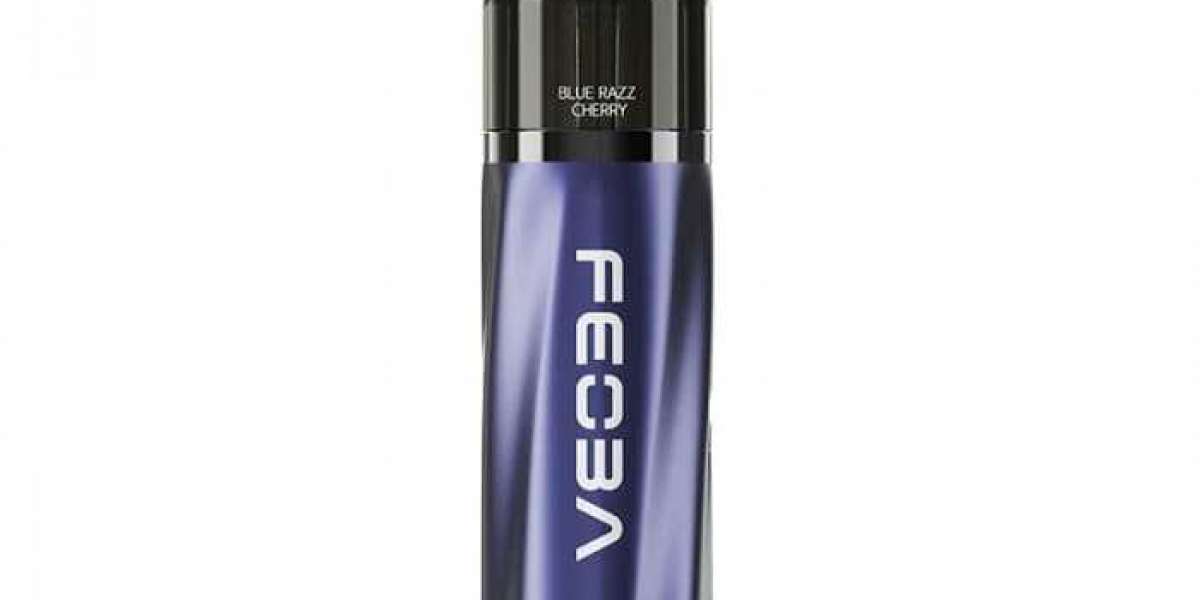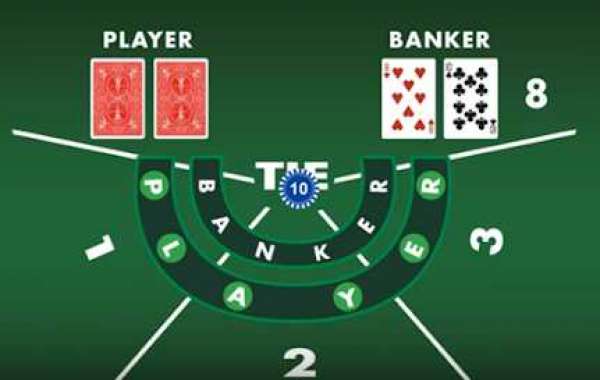Its main purpose was to facilitate illicit transactions involving sensitive information, such as:
Stolen Credit Card Information: Users could buy and sell stolen credit card details, including card numbers, CVVs, and dumps (the card’s magnetic stripe data).
Personal Identifying Information (PII): Jokerstash was also a marketplace for selling personal information, including social security numbers, addresses, and other personal identifiers.
Bank Account Details: It was used to exchange compromised banking credentials and account information, allowing criminals to make unauthorized transactions.
Carding and Fraud: The platform was heavily used for carding—the illegal act of making fraudulent purchases using stolen credit card data—and other types of financial fraud.
Jokerstash provided an anonymized environment through the Tor network, allowing users to operate without revealing their identities. By using cryptocurrencies like Bitcoin for transactions, it also provided a level of financial anonymity.
The marketplace was mainly intended for those involved in cybercrime—fraudsters, hackers, and individuals participating in the dark web economy. Its existence exemplified the growing underground market for cybercrime tools and illicit data that fueled many types of fraud and identity theft.
However, with law enforcement crackdowns, increased scrutiny, and eventual shutdown, Jokerstash is no longer an active marketplace, but its legacy still serves as a key case study in the evolution of dark web markets and the risks they posed.







